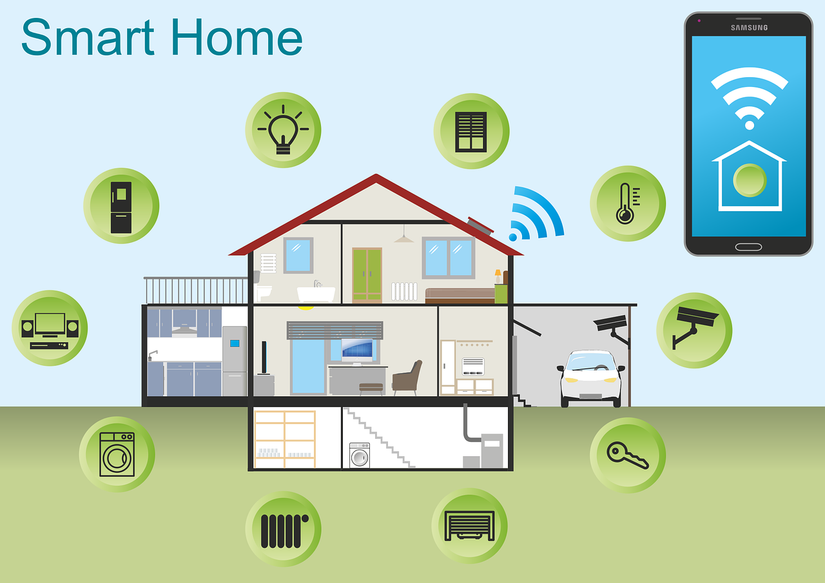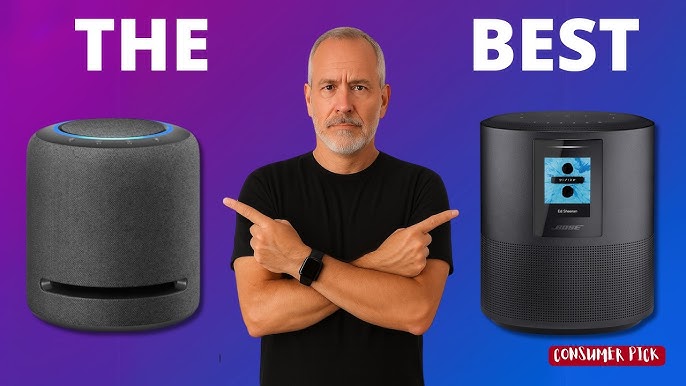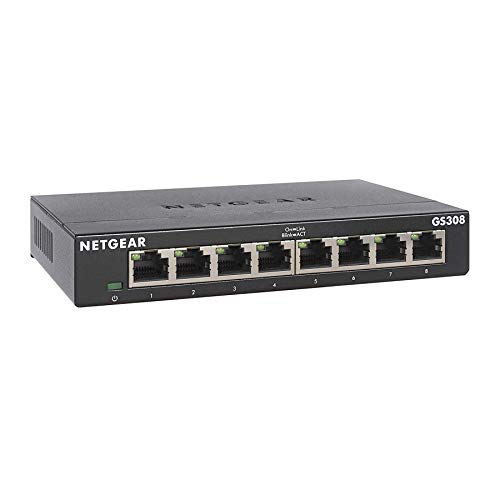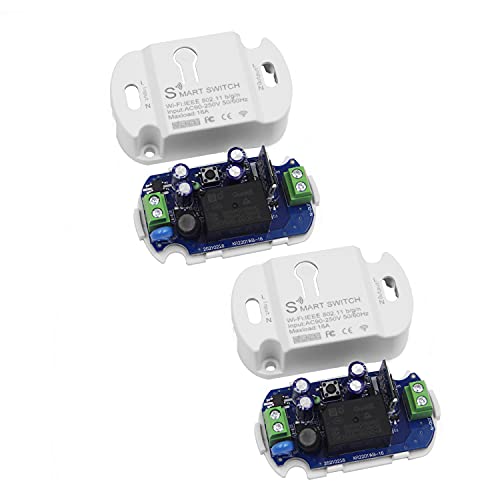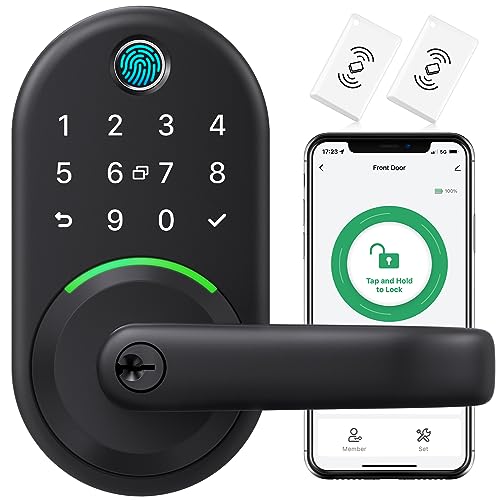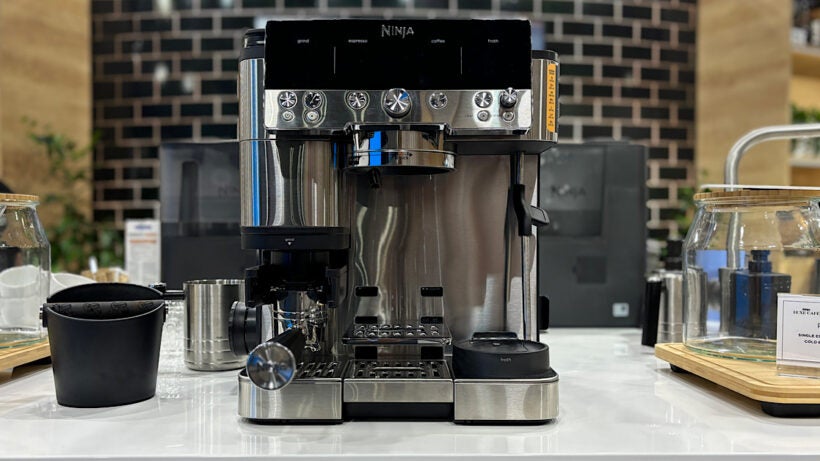Imagine controlling your lights, thermostat, and security system with just a tap or a simple voice command. Sounds amazing, right?
But have you ever wondered how all these smart devices talk to each other seamlessly in your home? That’s where smart home protocols come into play. Understanding these protocols can help you choose the right devices and make your smart home work perfectly for you.
Keep reading to discover the secrets behind smart home communication and unlock the full potential of your connected living space.

Credit: www.androidpolice.com
Key Smart Home Protocols
Smart home devices use different protocols to communicate. These protocols help devices work together smoothly.
Knowing key smart home protocols helps you choose the right devices. Each protocol has its own features and limits.
Zigbee
Zigbee is a wireless protocol made for smart home devices. It uses low power and works well in mesh networks.
Devices connect through Zigbee to send data quickly and reliably. It supports many devices in one network.
- Low power usage
- Supports mesh networking
- Works well for lights and sensors
- Operates on 2.4 GHz frequency
Z-wave
Z-Wave is a wireless protocol designed for home automation. It uses low energy and a mesh network.
Z-Wave devices often have good range and work well with other Z-Wave gadgets. It avoids Wi-Fi interference.
- Low power consumption
- Mesh network improves coverage
- Operates at 900 MHz band
- Compatible with many smart products
Wi-fi
Wi-Fi is a common wireless protocol used for many smart home devices. It connects devices to the internet.
Wi-Fi offers high data speed but uses more power. It is good for cameras and voice assistants.
- High data transfer speed
- Requires more power
- Works on 2.4 GHz and 5 GHz bands
- Direct internet access for devices
Bluetooth
Bluetooth connects smart devices over short distances. It uses low energy and is common in wearables.
Bluetooth is easy to set up and good for simple device control. It has limited range compared to Wi-Fi.
- Short-range communication
- Low energy use
- Easy pairing process
- Good for lights and speakers
Thread
Thread is a wireless protocol built for smart homes. It creates a secure and reliable mesh network.
Thread is designed to work with IP networks. It helps devices talk to each other and the internet easily.
- Low power and secure
- Mesh networking for strong coverage
- IPv6 based protocol
- Supports many smart home devices
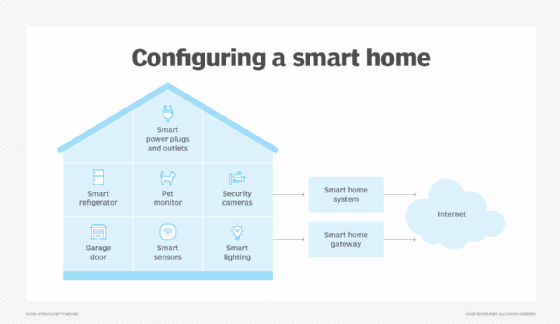
Credit: www.techtarget.com
How Protocols Affect Device Compatibility
Smart home devices use protocols to communicate with each other. Protocols are rules that guide how devices share information.
Different protocols can cause compatibility issues. Devices using different rules may not work well together.
Interoperability Challenges
Not all smart home devices speak the same protocol language. This makes it hard for devices to connect and work as a team.
Some protocols focus on speed, while others focus on low power use. These differences add to the compatibility problems.
- Devices may fail to share commands
- Some features might not work across brands
- Updates can break compatibility
Bridges And Hubs
Bridges and hubs act as translators between different smart home protocols. They help devices from different brands work together.
These devices connect to many protocols and pass messages across them. They improve compatibility without replacing existing devices.
- Bridge connects two or more protocols
- Hub controls many devices centrally
- Both increase device compatibility
Cross-protocol Solutions
Some companies develop solutions that work across many protocols. These solutions reduce the need for many bridges or hubs.
They use software or hardware to translate different signals quickly. This helps devices from different ecosystems to communicate directly.
- Use universal communication standards
- Support multiple protocols in one device
- Make smart homes simpler and more flexible
Security Features In Smart Home Protocols
Smart home protocols connect devices like lights, locks, and sensors. Security is very important to keep these devices safe.
Each protocol uses different security features. These features help protect your home from hackers and unwanted access.
Encryption Standards
Encryption hides data so only authorized devices can read it. Many smart home protocols use strong encryption.
Common encryption types are AES-128 and AES-256. These keep your data safe from eavesdropping and theft.
- Zigbee uses AES-128 encryption.
- Z-Wave uses AES-128 encryption.
- Thread protocol uses AES-128 encryption with additional protections.
- Wi-Fi smart devices often use WPA2 or WPA3 encryption.
Authentication Methods
Authentication confirms that devices and users are who they say they are. It stops unauthorized devices from joining the network.
Smart home protocols use several ways to authenticate devices and users. This adds layers of protection.
- Zigbee uses network keys and device pairing for authentication.
- Z-Wave requires devices to be securely included with a controller.
- Thread uses certificates for device authentication.
- Wi-Fi uses passwords and can include two-factor authentication.
Vulnerabilities To Watch
Even with security features, some weaknesses exist in smart home protocols. Knowing these helps keep devices safer.
Common vulnerabilities include weak passwords, outdated firmware, and unsecured devices on the network.
- Weak or default passwords can allow hackers to access devices.
- Old software may have security holes that are fixed in updates.
- Some devices lack strong encryption or authentication.
- Interference or jamming attacks can disrupt wireless signals.
Choosing The Right Protocol For Your Home
Smart home protocols let devices talk to each other. Choosing the right one helps your home run smoothly.
Each protocol has strengths and limits. Think about your home size and device needs before deciding.
Range And Coverage
Range is how far a protocol signal can travel. Coverage means how well it works in your home space.
Some protocols work best in small spaces. Others cover large homes or have ways to extend range.
- Wi-Fi covers large areas but uses more power.
- Zigbee and Z-Wave have medium range but better wall penetration.
- Bluetooth suits short distances and small rooms.
Power Consumption
Power use affects battery life and energy costs. Some protocols save power better than others.
Low power use suits battery devices like sensors. Higher power is okay for plugged-in devices.
- Zigbee and Z-Wave use very little power.
- Wi-Fi drains more power but offers fast data.
- Bluetooth Low Energy is good for small, low-power devices.
Network Scalability
Scalability means adding many devices without problems. Some protocols handle large networks better.
Think about how many smart devices you want now and later. Choose a protocol that grows with you.
- Zigbee supports hundreds of devices in a mesh network.
- Z-Wave limits devices but keeps strong connections.
- Wi-Fi networks can slow down with many devices.
Future Trends In Smart Home Connectivity
Smart homes use devices that talk to each other. These devices connect through protocols. New trends will change how these devices work together.
Better connections will make homes smarter and easier to control. Let’s explore some future trends in smart home protocols.
Emerging Protocols
New protocols are being made to improve smart home devices. They focus on better speed, security, and low power use.
Some new protocols aim to connect many devices without slowing down. They also help devices work with different brands.
- Matter: A protocol for easy device connection
- Thread: A low-power mesh network
- Zigbee 3.0: Improved security and compatibility
- Z-Wave Plus: Longer range and faster speeds
Integration With Ai
Smart homes will use AI to learn from how people live. AI helps devices act smarter and predict needs.
Protocols will support AI by sharing more data safely. This allows devices to make better decisions without manual settings.
- AI helps control lighting and temperature automatically
- Security systems use AI to detect unusual activity
- Voice assistants get smarter with AI support
- Energy use is optimized by AI algorithms
Impact Of 5g
5G networks offer faster and more reliable internet for homes. This helps smart devices respond quickly and work better.
With 5G, many devices can connect without delay. This improves video streaming, security cameras, and remote control.
- Faster data transfer speeds
- Lower delay in device communication
- Supports many devices at once
- Improves smart home automation response

Credit: www.pocket-lint.com
Frequently Asked Questions
What Are The Most Common Smart Home Protocols?
Common smart home protocols include Zigbee, Z-Wave, Wi-Fi, and Bluetooth. Each offers unique benefits for device communication and compatibility.
How Do Smart Home Protocols Improve Device Connectivity?
Smart home protocols standardize communication, enabling devices from different brands to work together seamlessly, enhancing user convenience and automation.
Which Smart Home Protocol Is Best For Security?
Z-Wave and Zigbee are known for strong encryption and low interference, making them ideal for secure smart home networks.
Can Smart Home Protocols Work Across Different Brands?
Yes, protocols like Zigbee and Z-Wave promote interoperability, allowing devices from various brands to connect and operate smoothly.
Conclusion
Smart home protocols simplify everyday life. They connect devices seamlessly. Understanding them enhances your home’s efficiency. Choose the right protocol for your needs. Consider compatibility and ease of use. This ensures a smooth smart home experience. Different protocols offer varied features.
Some focus on security, others on speed. Explore options and make informed decisions. A well-connected home boosts convenience and comfort. Smart technology continues to evolve. Stay updated with new advancements. Enhance your home with smart solutions. Embrace the future of living with smart protocols.
They make life easier and more enjoyable.
15 min read

